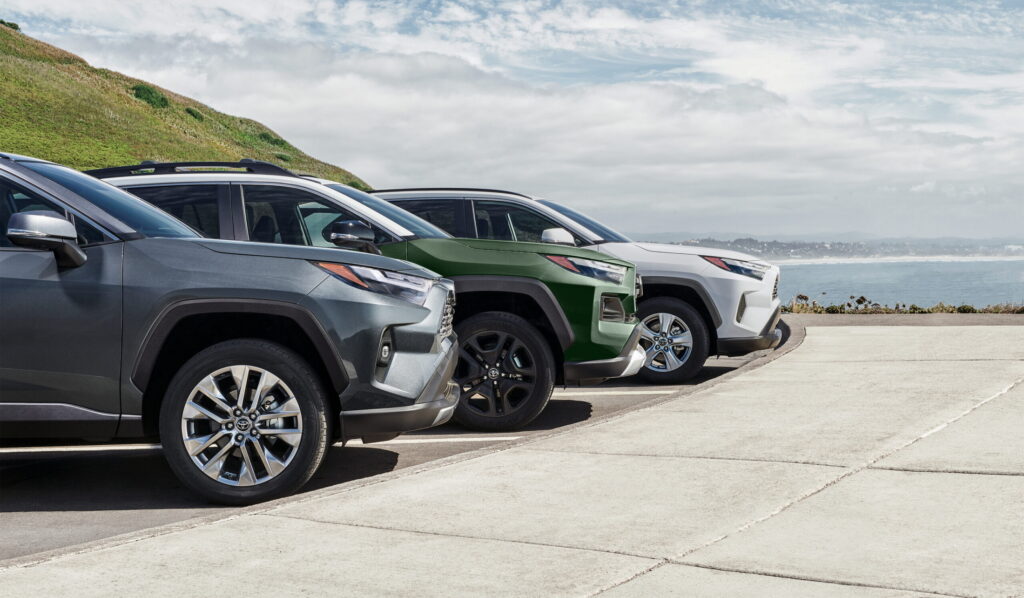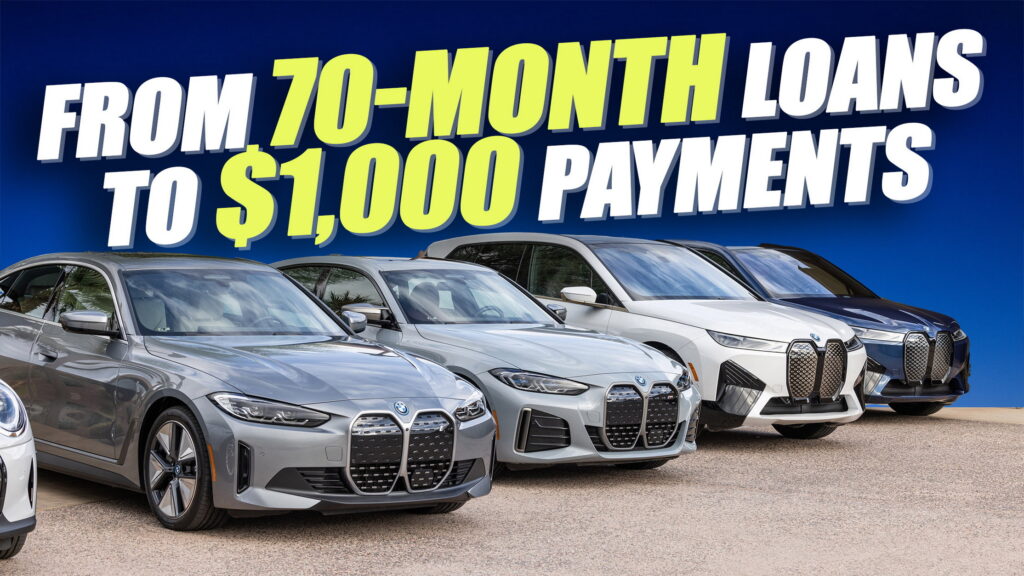- New-vehicle buyers are taking out loans averaging almost 70 months.
- Average new-vehicle APRs increased to 7.3% during the second quarter.
- Down payments for new vehicles have slightly decreased.
A new study has revealed that many new vehicle buyers in the U.S. are being stretched to their financial limits, signing up for longer loan terms and higher interest rates.
During the second quarter of 2024, the average new-vehicle APR jumped from 7.1% to 7.3%, marking the sixth consecutive quarter that APRs have been above the 7% mark. In addition, many consumers are taking on longer loan terms to mitigate rising prices, with the average new-vehicle loan term in Q2 being 69 months.
Read: Hyundai Ioniq 5 Cheaper To Lease Than Nissan Versa, Despite Costing 3X More
This is the highest it’s been since the end of 2022, but back then, average new-vehicle interest rates were sitting below 7%.
The bad news for new car buyers doesn’t stop here. An analysis from Edmunds reveals the average monthly payment reached an all-time high in Q2 2024 of $740, up $735 from the first quarter and $733 last year. This rise can be partly explained by the fact the average new-vehicle down payment dropped to $6,579, the lowest since Q3 2022.
A growing number of buyers are also taking on new-vehicle loans with monthly payments exceeding $1,000. In fact, 17.8% of new-vehicle loans exceeded this mark, nearly the same as the all-time high of 17.9% from Q4 2023.
Things aren’t much better for used car buyers. In Q2 2024, the average term for a used car in the U.S. was 69.7 months with an average monthly payment of $552, slightly less than the $569 of Q2 2023 but above the $546 of Q1 2024. The APR on used vehicles also swelled from 11% last year to 11.5% this year, with an average amount of $28,166 being financed.

If there’s a sliver of good news for buyers, it’s that CDK Global, a car dealership software company hit by a cyberattack last month, is getting closer to bringing impacted dealers back online. Edmunds suggests that the downtime in the software could encourage some dealers to promote competitive new incentives, making up for lost time.
“High interest rates continued to be a heavy drag on new-vehicle sales growth in the second quarter,” Edmunds’ head of insights Jessica Caldwell said. “In theory, improved inventory and growing incentives should paint a more consumer-friendly picture of the market, but the reality is most Americans can’t buy their cars with cash, and increased borrowing costs continue to be a major roadblock when buying a new vehicle.”
Quarterly New-Car Finance Data
(Averages)
Quarterly Used-Car Finance Data
(Averages)



